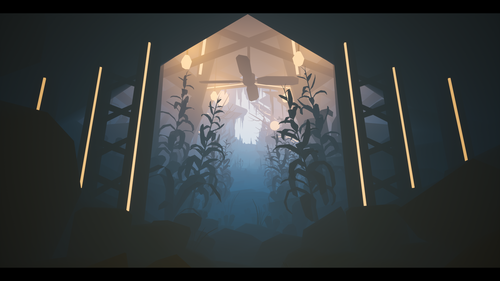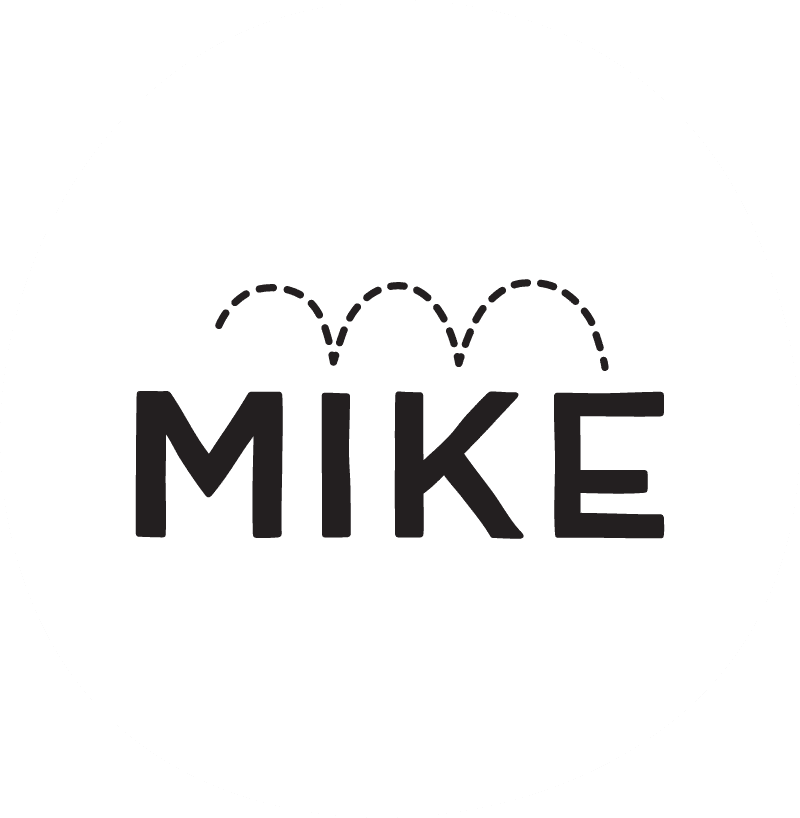
Emma Bittman is a VR Artist and Creative Director known for bridging industry-standard workflows with VR tools for commercial projects. She has worked with Google, Under Armor, Hyundai, VMWare, and most recently, was Creative Director of Color Space, the VR coloring book that Bittman designed entirely with VR creative tools.
How did you get started in the industry?
Emma: I was a filmmaker who was coming to terms with how much money it’d cost to make the kind of sci-fi ideas I had in mind. I had been saving up to buy new equipment, but it never seemed to be enough, especially once I needed to start renting stage time. So I began to pick up 3D modeling, and just months later the HTC Vive was released. In my mind, upgrading my computer and buying a headset was a ton of money, but then I’d never have to buy set materials again, rent stage time, or even need a 20 person crew. So I took that leap.
After that it was just months of non-stop art exploration in Tilt Brush, creating massive landscapes then being able to explore them as a cinematographer. Share my workflow discoveries as I went. Some of the larger companies wanted to showcase Tilt Brush because it was so new, and since my work was being shared around at the time, my pieces came to the top of the results when they searched Tilt Brush. A lot of it was luck and timing to be honest, but then just constant exploration and trial and error on my end for years to keep up the momentum.
If you could guide the direction of VR artist toolkits — what are you feeling is missing and would be great to have?
Emma: Honestly I feel we’re already on our way there. Open sourcing Tilt Brush is a huge win for the community. This whole experience for me has always been about growing alongside the tools; being able to help come up with ideas for how the tools could evolve to benefit the projects I was currently working on. I love that now the community can build out their own tools, or make one off Tilt Brush apps that are designed specifically for one project, like a performance. It’s a big win for freelancers who want to pitch using Tilt Brush for commercial work.
What I think is still lacking though (but is in development!) is a global stage to put varying pieces of work together. This ideally would be some kind of VR editor in a gaming engine, but luckily Unity, Unreal Engine, and Blender are all deep in development on this.
What are some of your favorite work pieces that you have created and why?
Emma: My favorite work is the work that people can expand on. Color Space was really fun for me, because I got to watch the community color my worlds in their own way. It was also a great challenge to make places that wasn’t so dependent on the color choices I would make, it forced me to see my art through everyone’s eyes.
It’s also been exciting to watch people take idea’s I’ve shared through my tutorials, and remix them in their own way. I created this one tutorial about how to make a tree, and since then I’ve been tagged in about 100 posts of where people share a slightly similar, but definitely original, version of my initial tree. I personally enjoy seeing elements of my art being taken and remixed, because at the end of the day everyone’s going to put their own bit of style into what they make.
Do you have a specific way you would like people to experience your work?
Emma: Not necessarily, but sometimes I do wish just sitting in environments was more normalized. I feel like overtime I’ve gravitated more towards making atmospheres that are meant to just be experienced like sitting on a bench in a park, not just things you check out and leave.
What does your work aim to say?
Emma: This varies between projects, but overall I just want people to feel comfortable in my worlds. Like beyond the message, I’m not into testing people or pushing emotional limits. I like my worlds to feel like a refresh.
What is your favorite type of art to create / work to do?
Emma: I really enjoy working with pure silhouettes. So much attention can be spent perfecting the details on textures, but I find that detail often leads to larger uncanny valley problems that pull people out of the experience. But the specialty of VR is how form and shape can dramatically affect people. You can draw a silhouetted mountain without detailing all the trees and rock detail, and yet it’ll still feel like a real mountain.
